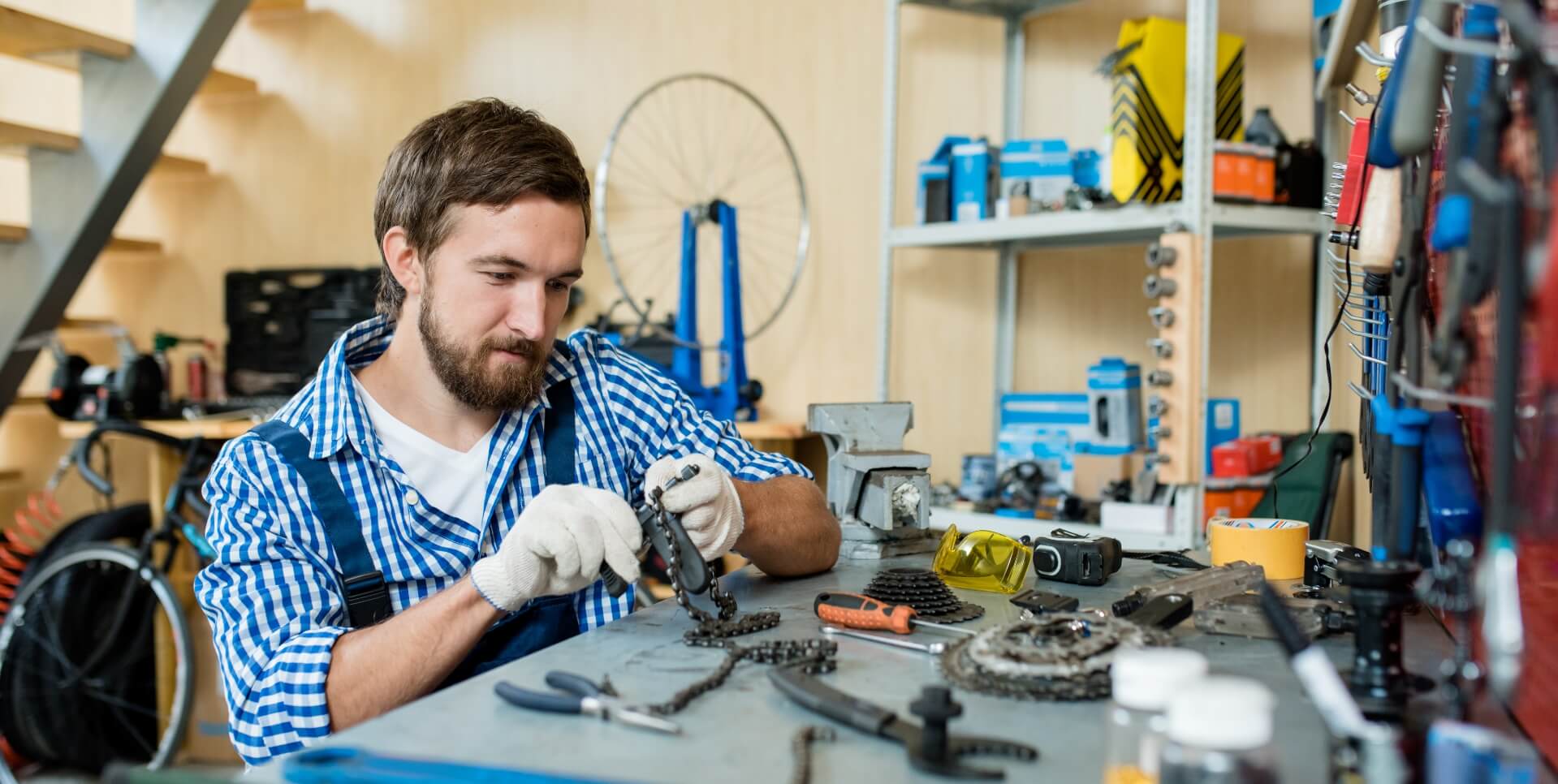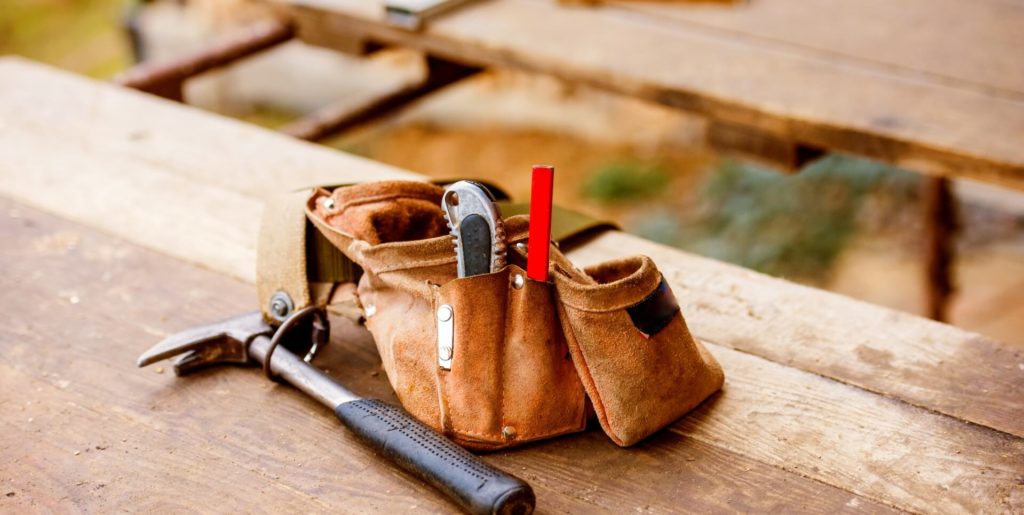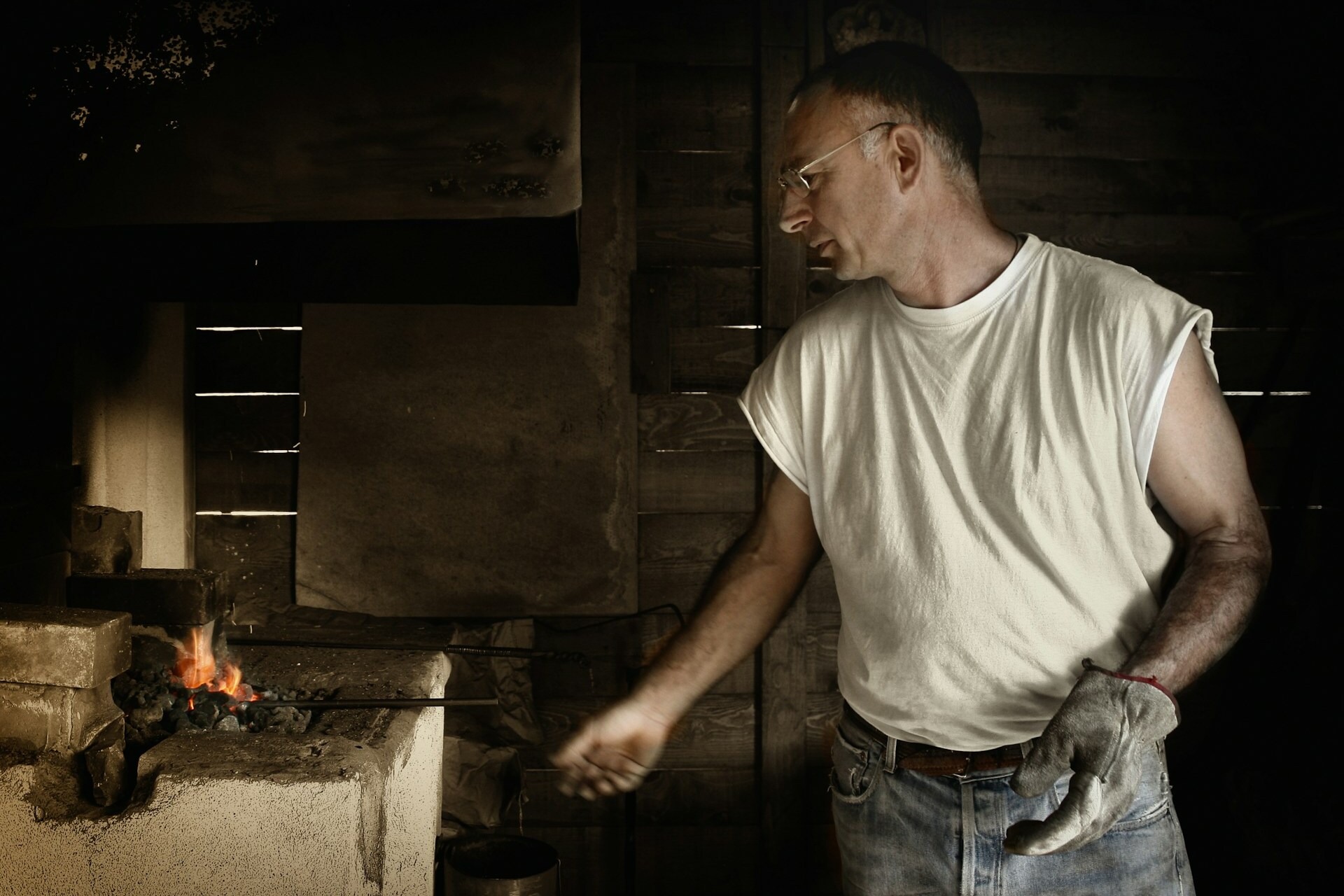5 Common Home Repairs Everyone Should Know
Dec 09, 2021

As an Amazon Associate, Modded gets commissions for purchases made through links in this post.
Ah, home repairs. One of the joys of property ownership. Thankfully, rather than call in a contractor every time, there are plenty of common home repairs you can learn to complete yourself.
Not only will it give you the satisfaction of getting your hands dirty, but it will also give you a massive boost of confidence. Try out these five home repairs today.
1. How to Fix a Running Toilet
We’ve all been there – flush the toilet, and five minutes later, the water’s still running. Maybe next, you try giving the handle a jiggle and hope that does something. But still, the water keeps running. Rather than call a plumber, try these steps:
- First, turn off the toilet’s water. Usually, there’s a small knob near the base of your toilet. Turn it clockwise to close the valve.
- Next, remove the water tank lid and take a look inside. You’ll see the flush valve, fill valve, and fill tube. Allow water to flow through the fill valve to clear any collected debris – this can sometimes fix your toilet issues. If your toilet is still running, continue to the next step.
- Locate your flapper, which is often to blame for running toilets. Sometimes if a flapper doesn’t seal properly, the water gradually drains from the tank, and the toilet continues to run to fill its water supply.
- To check if you have a faulty flapper, place your finger around the edge. If your toilet stops running, you have a bad flapper. Take a picture of your flapper and document the model so you can buy a replacement.
- After you’ve purchased your new flapper, remove your old model and replace it with the new one, securing it on the valve. Connect the new chain to the handle at the top of your tank.
- Restore your water supply and test to see if your flapper works.
Your toilet should now be as good as new!
2. How to Remove Mold
Not only is it unsightly, but mold can also be dangerous for your health. The first step in mold removal is identifying the type of mold. Mildew is common in homes, and you’ll find it appearing as black spots on the tops of surfaces, often in bathrooms.
More dangerous varieties of mold can appear as any color, will be fuzzy in texture, have irregular borders, and penetrate whatever material it grows on.
Because mold can be harmful, you should wear a mask, gloves, and goggles before you attempt to remove the source. Because mold grows in poorly ventilated areas, you’ll want to open as many windows and doors as possible on your property to air the space out before getting to work.
Using standard bleach to remove the mold itself works to kill the organism. Use 1 cup of bleach to 1 gallon of water and apply to nonporous surfaces. Hydrogen peroxide is another effective means to kill mold. Use a spray bottle to apply 3% hydrogen peroxide over the moldy area.
3. How to Turn Off the Water
In an emergency, learning how to use the main water shutoff valve is vital in any home. You never know when a pipe will burst and you’ll need to act quickly. This is also a crucial step to learn if you need to do any serious plumbing repair work in your home.
If you’re uncertain where your water shutoff valve is located, you can likely find it by searching the perimeter of your home. Your water valve is probably situated on the side of your house facing the street because the water main begins at the road and leads directly to your home.
If you’re still having trouble locating the shutoff valve, you can also check your property inspection report that was completed before you purchased your property.
4. How to Patch a Hole in the Wall
Over time, walls take damage. Whether it’s holes from previously nailed artwork or scuffs and scratches, any walls riddled with spots can be unsightly. The good news is you can quickly fix small holes by patching them up.
How? It’s simple – grab some spackle and first fill the indentation. Make sure the spackle is level with the wall and allow it dry. After the material dries, sand it until smooth. You can then apply a touch of paint to improve the spot further. No one will ever guess your wall didn’t always look this incredible.
5. How to Apply Caulk
If you notice the caulk lining your shower is starting to come undone, you can quickly fix the problem yourself and prevent water damage from occurring. To tackle this repair, you’ll need to purchase a caulk gun and a tube of caulk.
Wait until everything is dry before you proceed with re-caulking your shower. Load your caulk gun, steadily apply the missing sections of caulk, and allow them to dry.
Try These Repairs Around Your Home
When you master these five common home repairs, you’ll be doing your property a huge favor. With a bit of practice, you’ll be a pro in no time!






